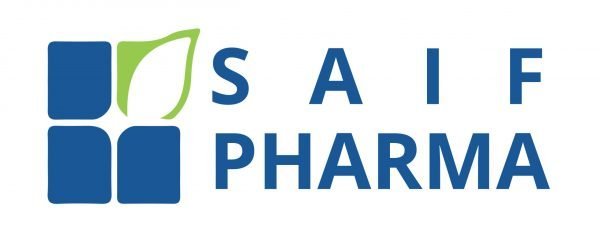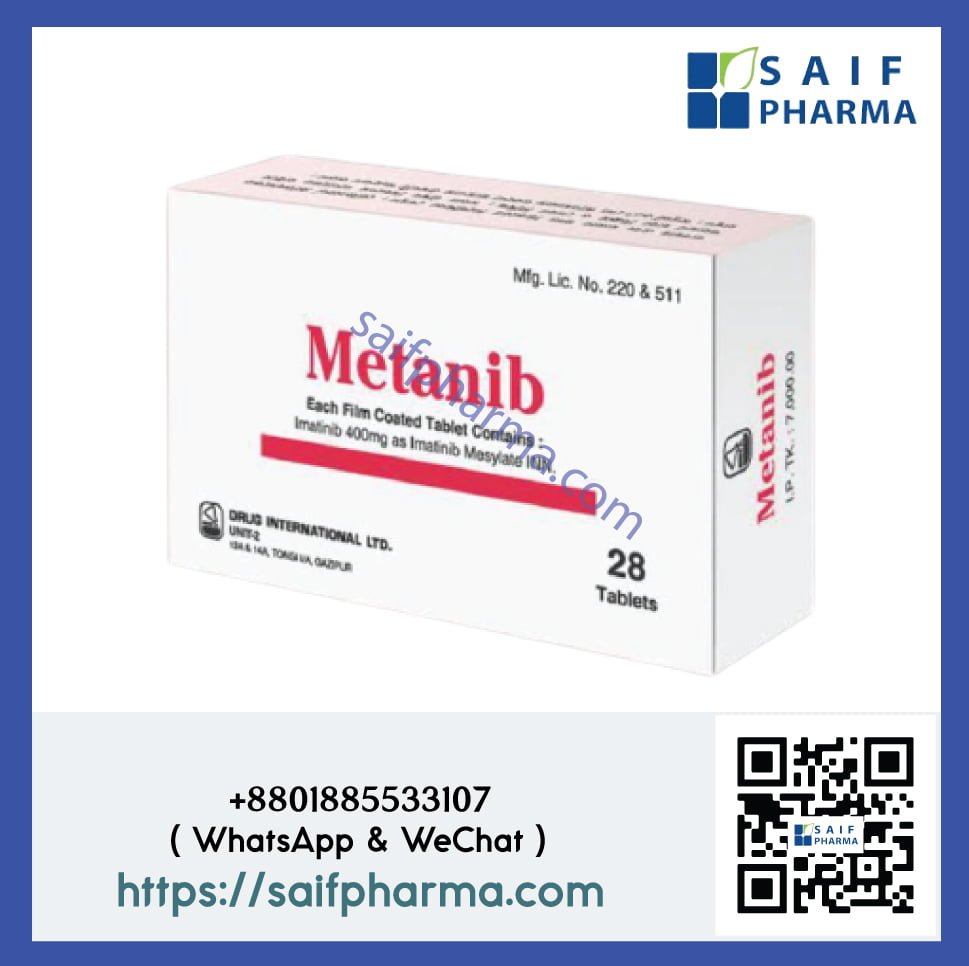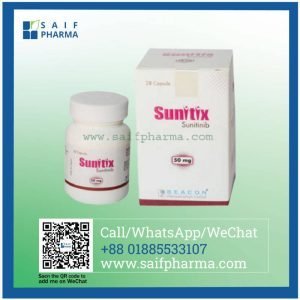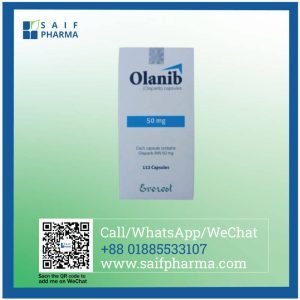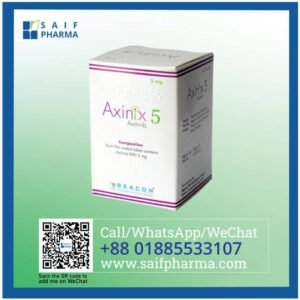Suggestions
Recently diagnosed adult and pediatric cases with Philadelphia chromosome-positive habitual myeloid leukemia (Ph CML) in the habitual phase.
Cases with Philadelphia chromosome-positive habitual myeloid leukemia in blast extremity accelerated phase, or in habitual phase after failure of interferon- nascence remedy.
Adult cases with regressed or refractory Philadelphia chromosome-positive acute lymphoblastic leukemia (Ph Each).
Pediatric cases with recently diagnosed Philadelphia chromosome-positive acute lymphoblastic leukemia (Ph Each) in combination with chemotherapy. Read further
Pharmacology
Imatinib is a tyrosine kinase asset that inhibits the BCR-ABL tyrosine kinase created by the Philadelphia chromosome abnormality in habitual myeloid leukemia (CML). It blocks proliferation and induces apoptosis in BCR-ABL positive cell lines, as well as fresh leukemic cells from Philadelphia chromosome-positive CML. Imatinib also inhibits receptor kinases for a platelet-deduced growth factor (PDGF) and stem cell factor (SCF), c- tackle, PDGF-and SCF- intermediated cellular events.
Lozenge
Oral( Adult)-
Dermatofibrosarcoma protuberans 400 mg shot.
Habitual myeloid leukemia Habitual phase 400 mg daily, increased to 600 mg daily or 400 mg shot. Blast extremity or accelerated phase 600 mg daily, increased to 400 mg bid as needed.
Mastocytosis 400 mg daily. Start with 100 mg daily if there are associated eosinophilia, and may increase to 400 mg if the response is inadequate.
Unresectable, metastatic nasty gastrointestinal stromal excrescences 400 mg daily, may increase up to 400 mg shot.
Myelodysplastic complaint 400 mg daily.
Acute lymphoblastic leukemia, Monotherapy in regressed or refractory acute lymphoblastic leukemia 600 mg diurnal with induction, connection, or conservation chemotherapy.
Hypereosinophilic pattern 400 mg daily. Start with 100 mg daily in cases with FIP1L1-PDGF receptor-α emulsion kinase, which may increase to 400 mg if the response is shy.
Oral( Child)-
Habitual myeloid leukemia 340 mg/ m2 daily. Max 800 mg. May be given formerly daily or divided into morning and evening boluses. It May be increased to 570 mg/ m2 daily in children w/ complaint progression, the wrong hematological response at least 3 mth of treatment, failed to achieve cytogenic response after 12 mth of treatment or loss of a preliminarily achieved hematological or cytogenic response.
Acute lymphoblastic leukemia, Monotherapy in regressed or refractory acute lymphoblastic leukemia 340 mg/ m2 daily. Max 600 mg.
Side Effects
GI disturbances and bleeding, myelosuppression, superficial edema, myalgia, arthralgia, muscle cramps, fatigue, rhabdomyolysis, rashes, pruritus, headache, dizziness, taste disturbances, anorexia, paraesthesia, wakefulness, eye diseases or visual disturbances, epistaxis, cough, dyspnoea, dry skin, alopecia, night sweats, pyrexia, weakness, adversities, hemorrhages, growth deceleration in children, CHF, pulsations, tachycardia, arrhythmias, angina pectoris, and MI. Infrequently, serious and severe skin diseases (e.g. erythema multiforme, Stevens-Johnson pattern, acute generalized exanthematous pustulosis, exfoliative dermatitis, and bullous eruptions); sterile necrosis of bone, ulceration.
